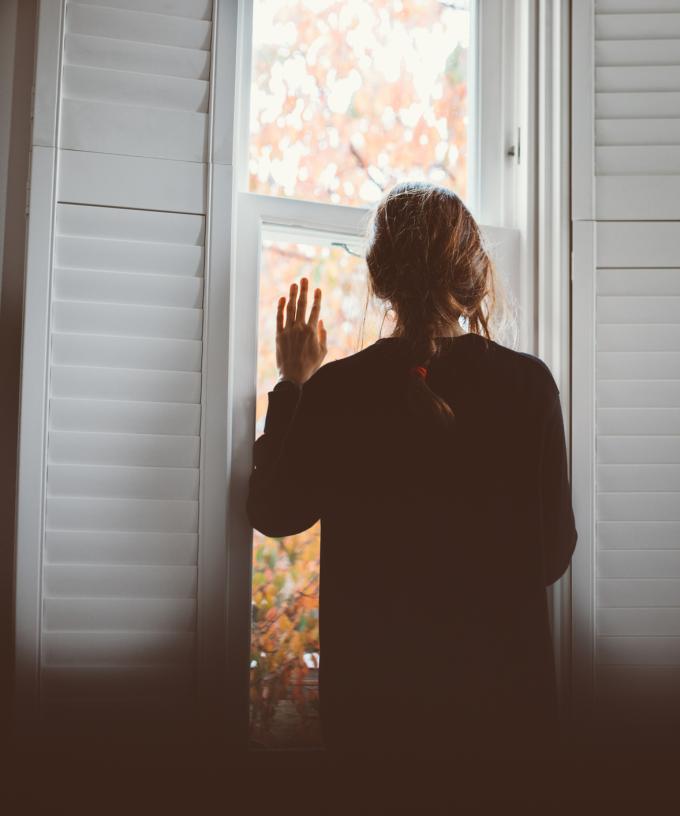The mandatory isolation period for positive COVID-19 cases has been reduced from seven to five days.
The decision follows the latest national cabinet meeting between Prime Minister Anthony Albanese and state and territory leaders.
The reduction in the isolation period will take effect from September 9.
People will be able to leave isolation after five days provided they have no symptoms.
Seven days of isolation will still apply for worker in high-risk settings such as aged and disability care.
“On the weight of evidence, this was a proportionate response, at this point in the pandemic,” Mr Albanese told reporters in Sydney.
“What we want to do is to make sure that government responds to the changed circumstances, that COVID likely is going to be around for a considerable period of time, and we need to respond appropriately to it.”
The paid pandemic leave eligibility period will also change from September 9 to reflect the shorter isolation period.
National cabinet has also agreed to remove mask mandates for travellers on domestic flights.
The extension of the paid pandemic leave is still set to expire at the end of September.
Treasurer Jim Chalmers said Australians should not expect emergency pandemic payments to go on forever.
“The reality … is that kind of support can’t continue forever (and) it’s also contingent on some of the other ways that we’re responding to this health and economic challenge,” he told reporters in Canberra on Wednesday.
The meeting also heard from acting chief medical officer Michael Kidd on how future COVID waves would be able to be handled.
Mr Albanese said the decision to reduce the isolation period was based on evidence, which will continue to be assessed.
National cabinet will meet virtually in a fortnight and then face to face on September 30.
Opposition Leader Peter Dutton said the community expected arrangements put in place at the height of the pandemic to be unwound over time.
LATEST 24-HOUR COVID-19 DATA:
Victoria: 2857 cases, 26 deaths, 333 in hospital with 20 in ICU
NSW: 5434 cases, 22 deaths, 1802 in hospital with 38 in ICU
Tasmania: 269 cases, three deaths (including two historical), 28 in hospital with two in ICU
ACT: 236 cases, no deaths, 90 in hospital with two in ICU
Queensland: 2294 cases, 14 deaths, 316 in hospital with 10 in ICU
SA: 639 cases, three deaths, 116 in hospital with six in ICU
WA: 1380 cases, one death, 228 in hospital with six in ICU
NT: 123 cases, no deaths, 20 in hospital with no one in ICU







